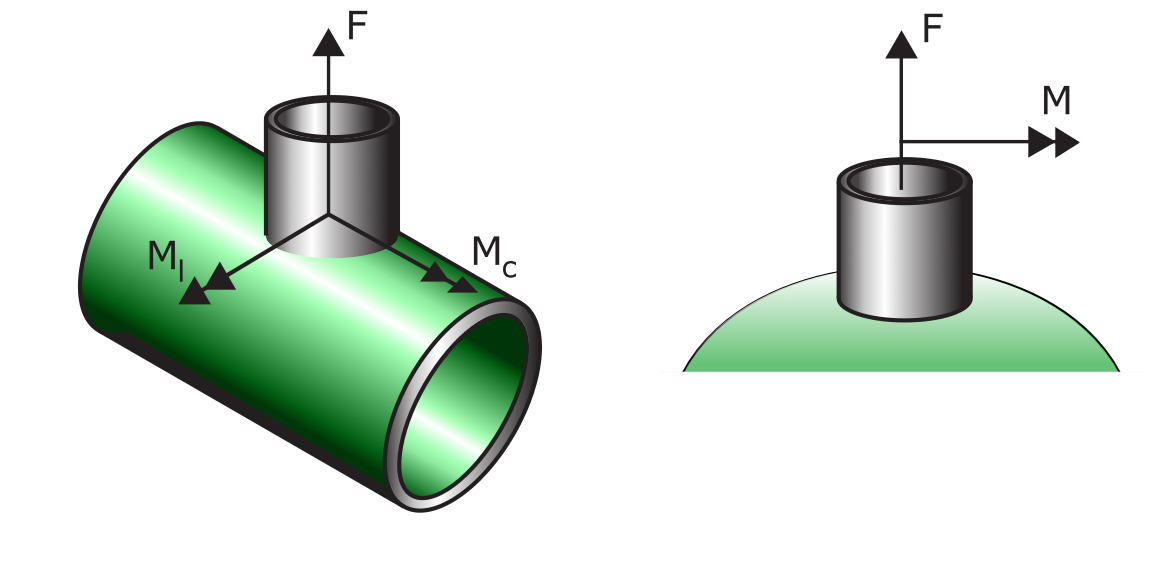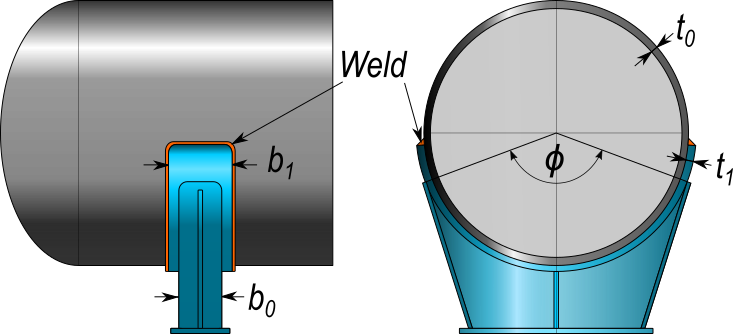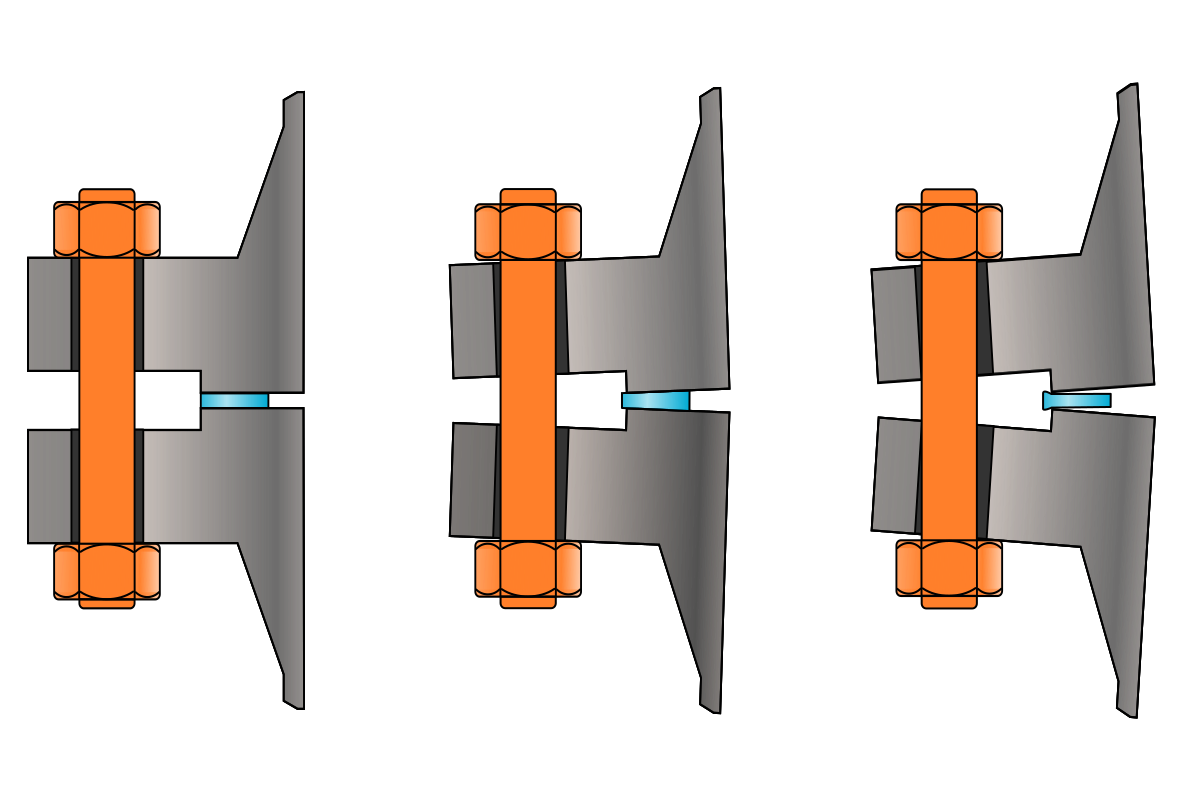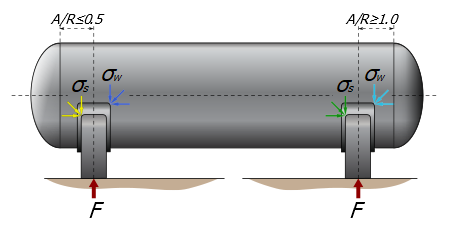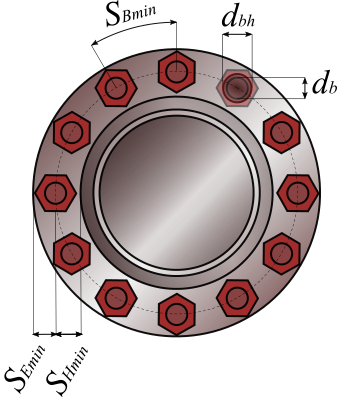In practice vessel design engineers often struggle with the design of pressure vessels in early stages of a project, when the piping loads exerted on the nozzle by the connected piping are yet unknown.
The prevailing assumption is that external loads require by definition additional reinforcement of the nozzle.
In the article cited in this blog Walther Stikvoort poses the argument that extra reinforcement rarely proves necessary as the recognized design code or standard will already provide for a reasonable amount of piping imposed loading ability because of the inherent amount of reinforcement.
